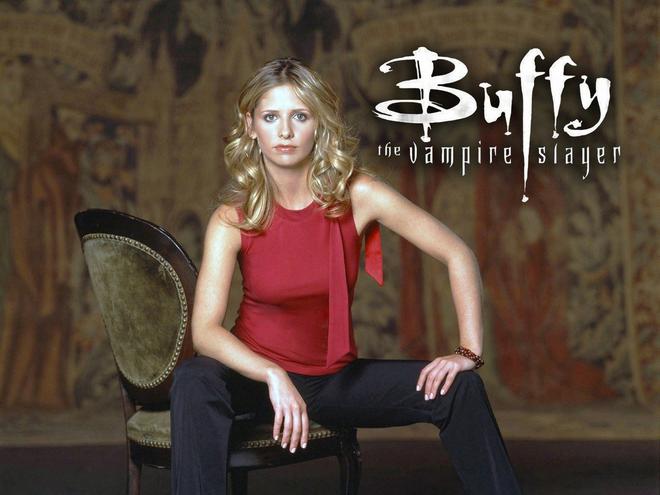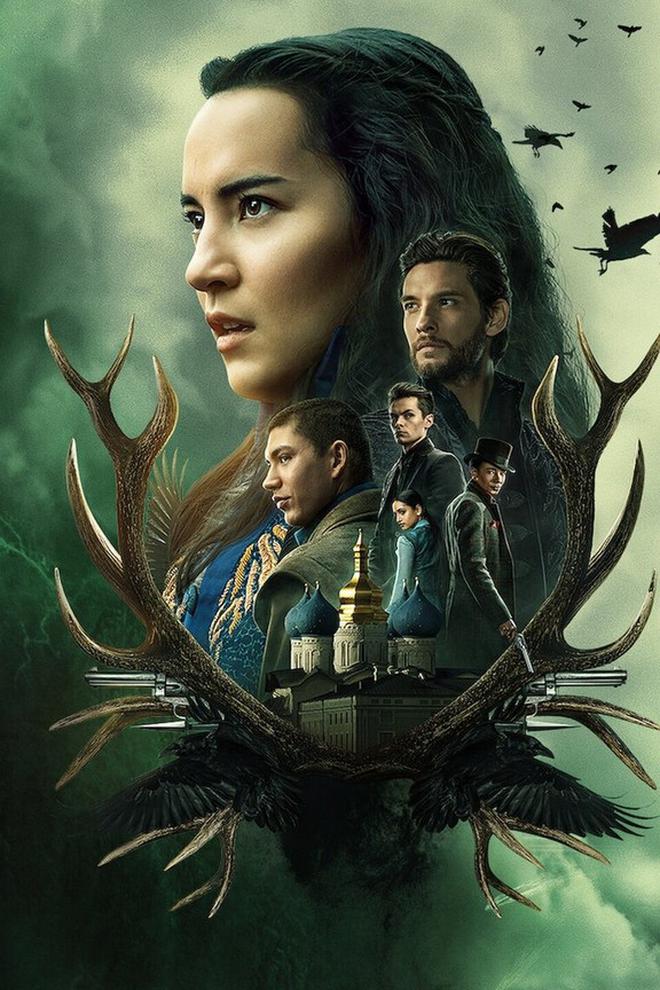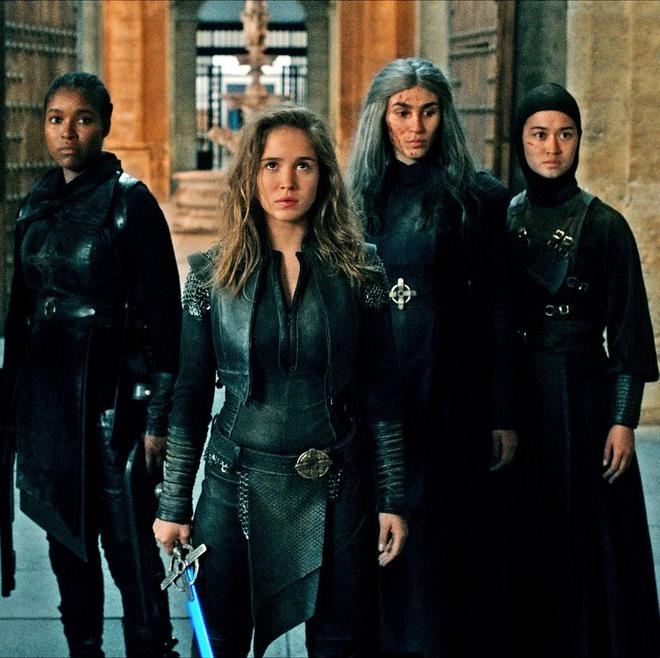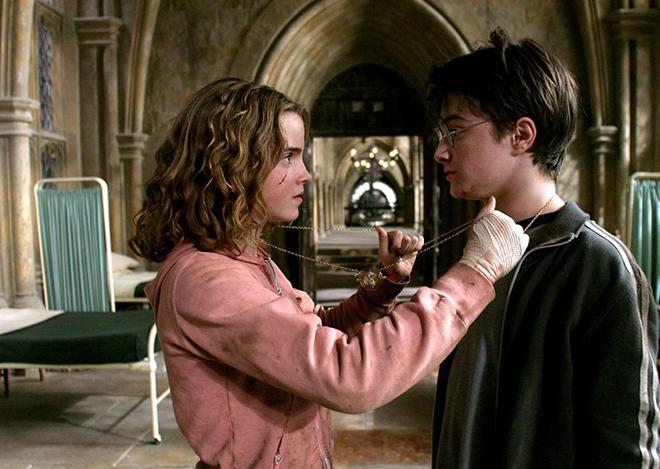Netflix released the concluding episodes of Stranger Things’ fourth season last week and the memes haven’t stopped since. The Duffer Brothers’ science fiction horror series is among the streaming giant’s most popular shows globally and the narrative follows a group of youngsters in Hawkins, Indiana, in the 1980s as they fight the monstrous denizens of the Upside Down, an alternate reality whose connection with Earth has been unlocked by a covert U.S. child experimentation facility.
Fan of ‘Stranger Things’? This quiz is for you
As the storyline suggests, the show has generous smatterings of Stephen King and Steven Spielberg throughout its four seasons, the latest of which delivered its biggest large-scale battle sequences till date.
Big, spectacle-heavy and yet smart enough to deliver believable, intimate coming-of-age stories, Stranger Things is a fitting successor to the classic sci-fi movies it is so enamoured of.
It is also worth noting that Stranger Things follows a very familiar one-line template: teenagers fighting monsters. It’s a formula that first struck gold in the 90s, with Joss Whedon’s immensely popular TV show Buffy the Vampire Slayer.

Every decade since has had its own mega-franchise that follows this genre outline; the Harry Potter movies in the 2000s, for instance. In last year’s Spider-Man: No Way Home, Marvel’s biggest commercial success in years, we saw the same formula being replicated with Peter, MJ and Ned teaming up against a line-up of classic Spidey villains down the years, led by Willem Dafoe’s Green Goblin. Horror series Chucky (2021), which has received widespread acclaim from fans and critics, follows a group of teenagers as they try to fight back a murderous, possessed doll who has committed a string of killings in their small town.
Dark realms and secret orders

Netflix itself has invested in this formula in a big way of late. In 2020, the streaming giant released the movie Love and Monsters, starring Dylan O’Brien and Jessica Henwick as youngsters fighting supernatural evil together. In 2021, the Netflix fantasy series Shadow and Bone, based on the Grishaverse series of novels by Leigh Bardugo, featured a very similar lead pair, Alina and Mal, star-crossed childhood best friends who discover love amidst war with monsters from a dark realm.
But perhaps the most interesting and visually distinct application of the formula happened in Warrior Nun (2020), an action-packed fantasy show about a secret order of martial arts-proficient nuns who safeguard humankind from demons — and protect a very special sword from falling into the wrong hands.
The young nuns at the heart of this story, including the protagonist, 19-year-old Ava Silva (Alba Baptista), all have distinctly fleshed out origin stories that make us invest in them emotionally.
Convincing stories

Ava was a quadriplegic orphan before a ‘miracle’ both cures her and gives her superpowers, after a fashion. Sister Lilith, portrayed by Lorena Andrea, has been training to lead the order all her life — she comes from a family where others have served the order similarly. It’s a question of legacy for her and so she sees Ava as an interloper who has ‘unfairly’ gained access to power, as opposed to the hard yards Lilith and others like her had to put in. Toya Turner’s ‘Shotgun Mary’ is a rough-edged character who shoots first and asks questions later — or at least that’s what the show leads us to believe at first, until the latter episodes reveal her backstory and we understand what drives her.
In all of these films and shows, the coming-of-age story is on an accelerated timeline — the exceptional, often tragic events happening all around them causes most, if not all of these teenagers, to grow up very quickly indeed. Hearts are broken, friends are buried, painful decisions are made in the heat of the battle. Generally, most of these franchises get better as they go along, not least because the young actors leading them learn on the job.

There are exceptions, of course: the Harry Potter movies, arguably, peaked with the third one, director Alfonso Cuarón’s Harry Potter and the Prisoner of Azkaban (2004). Even if one were to argue the merits of the later films in the main sequence, the quality of recent spin-offs has put the franchise’s free-fall beyond doubt.
The latest, Fantastic Beasts: The Secrets of Dumbledore, earned less than any other ‘Wizarding World’ movie and was rightly criticised by most reviewers for a plot that went nowhere, clumsy dialogue and tired-looking VFX sequences.
Not every teen franchise grows up with its protagonists, after all.
The writer and journalist is working on his first book of non-fiction.







